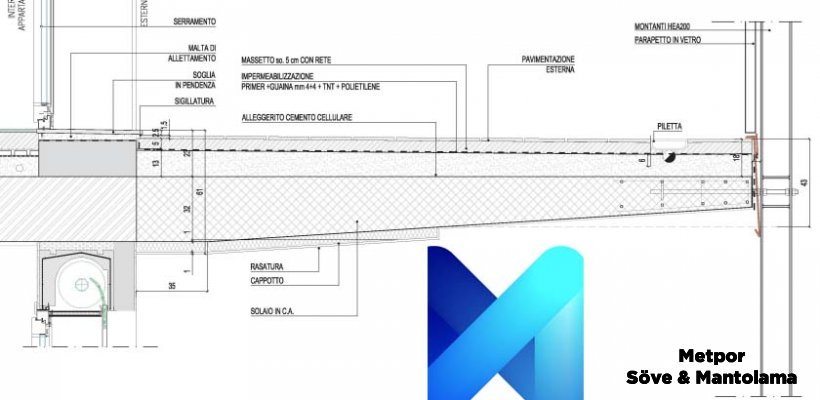Thermal Insulation in Floors
The possibilities of insulation from the floor in old buildings are extremely limited. However, in cases where the flooring needs to be changed, sheathing materials can be applied. In new buildings, isolation precautions for flooring should be taken and applied from the very beginning.
Thermal insulation materials to be used in flooring should be selected according to the location of the flooring.
Heat Insulation in Floors in 4 Articles;
- Floors that sit on the ground.
- Floor heating systems.
- Floors adjacent to low temperature environment.
- Datings.
Floor insulation that sits on the ground requires expertise as it also requires moisture insulation.
The insulation applied in unheated mezzanine floors is aimed at sound insulation rather than heat, and is compulsory in most countries. In floor heating programs, thermal insulation is applied in order to prevent heat transfer from the heater pipes to the lower floor.
Thermal Insulation
in Floors Smooth extruded polystyrene thermal insulation boards are used on all floors that separate floors from each other, sit on the ground, and do not have living areas such as basements underneath.
Sitting, cracking, etc. in exterior cladding materials . It does not cause damage because it has high compressive strength and does not change shape over time.
It does not require an additional layer to distribute the load on load-bearing floors.
Application Stages of Thermal Insulation in Flooring:
Heat insulation boards are laid on the floor in order to fit their lamp (overlapped) edges exactly on top of each other.
After laying a polyethylene layer as a separator on the smooth XPS boards, mortar is applied.
Wooden parquet, PVC, carpet, etc., on top of the mortar layer. The details are completed by making coatings.
Application Stages of Floor Heating System:
Heat insulation boards are laid on the floor in order to fit their lamp (overlapped) edges exactly on top of each other.
After the smooth XPS sheets are covered with a separating polyethylene layer, heating pipes are placed on the plastic feet.
The ideal thickness of the screed is poured so that the heating pipes are right in the middle.
Sheathing Operations can be done both inside and outside easily. Space is important in the sheathing process to be done here. Applications such as sheathing and jamb used to be an application that was not paid much attention, but nowadays, especially with the necessity of new buildings and people seeing the savings obtained from it, the demands have increased. In this sense , energy saving has been started by making the best jacketing method in old buildings
Uninsulated walls are one of the biggest causes of heat loss . In fact, wall cladding is one of the practical exterior cladding techniques. Your house loses 18 - 25% of the heat in its walls. This is poor insulation, holes in the interior or exterior walls, or improperly installed vents. Adding quality siding panels and filling any holes is a foolproof way to prevent heat loss in your walls.
This is where we can help. Metpor Jamb & Sheathing, we help you make sure your house is well insulated to reduce heat loss in your home. The practical jacketing coatings we will make can help you reduce the heat loss of your home by 50%. It is possible to get comprehensive data about thermal insulation materials and their properties and thermal insulation material advice from the link below.
Stone wall cladding and sheathing types can be used with the aim of protecting the houses against impacts and abrasions caused by regional factors, or they can also be used with the aim of providing the facade and environmental order because it prevents the relationship of the houses with the soil floor.







Metpor
info@metpordekor.com
Okunma Sayısı : 131